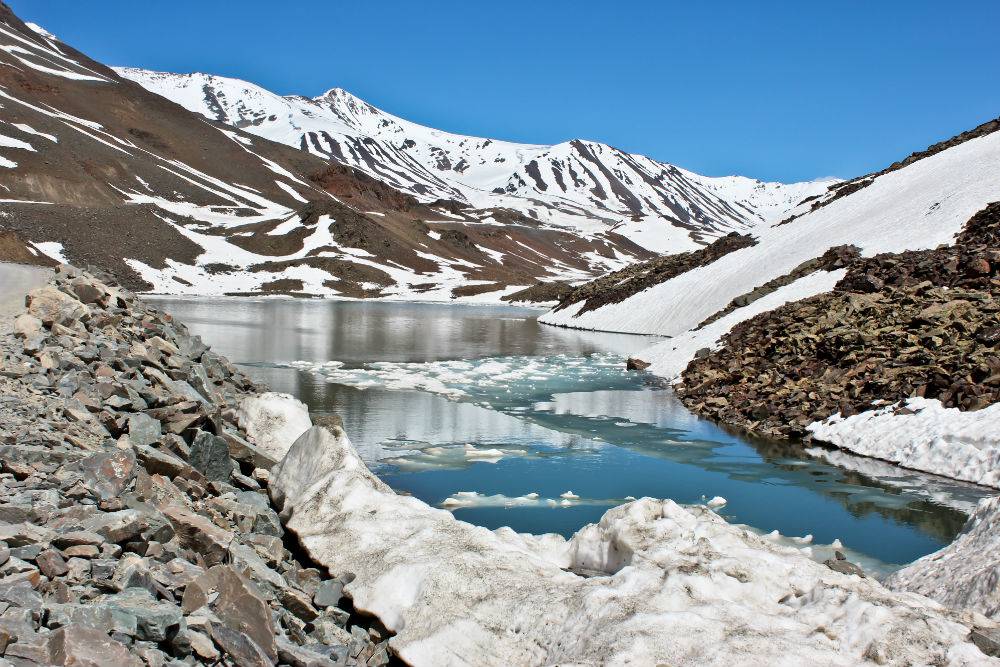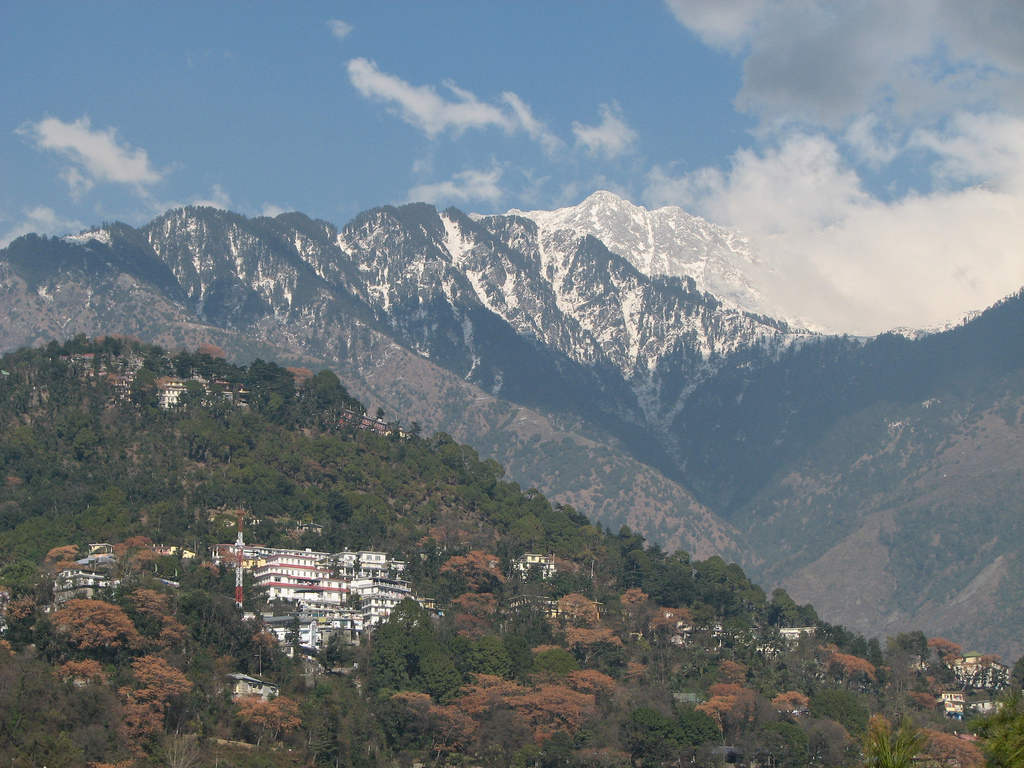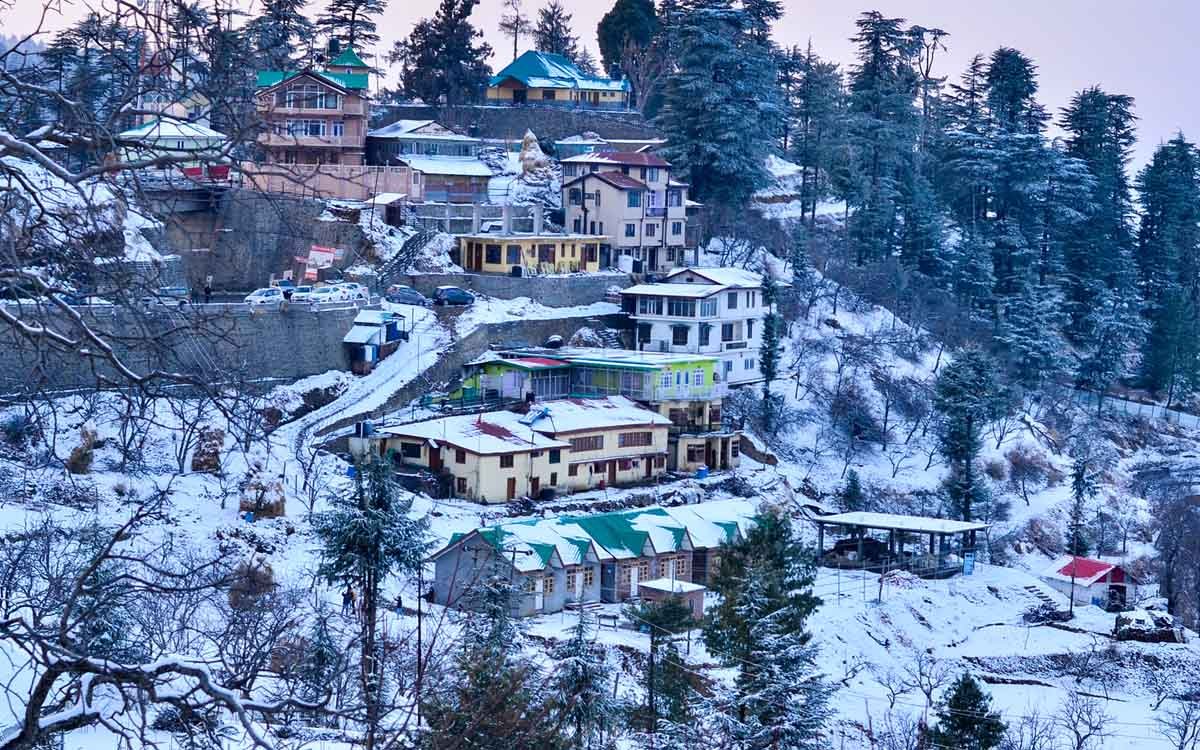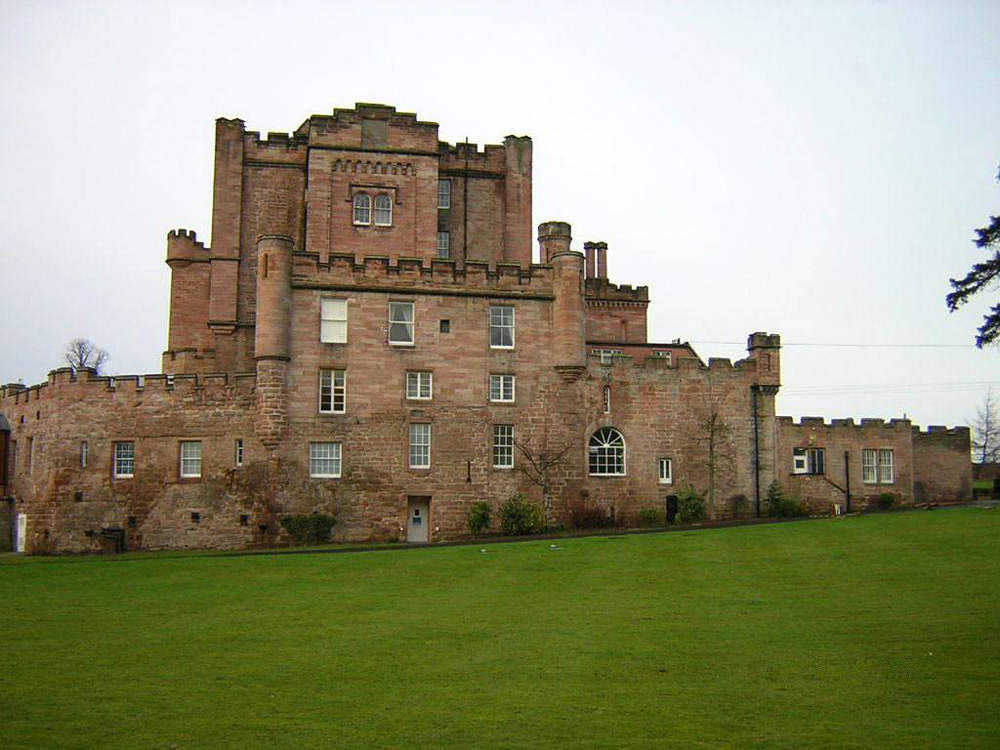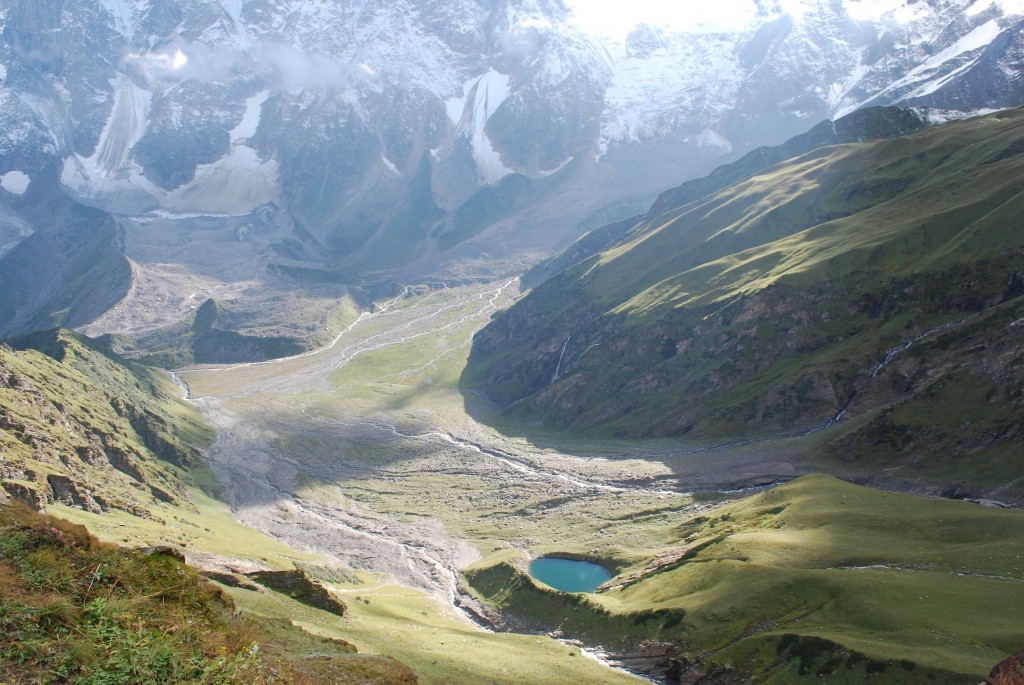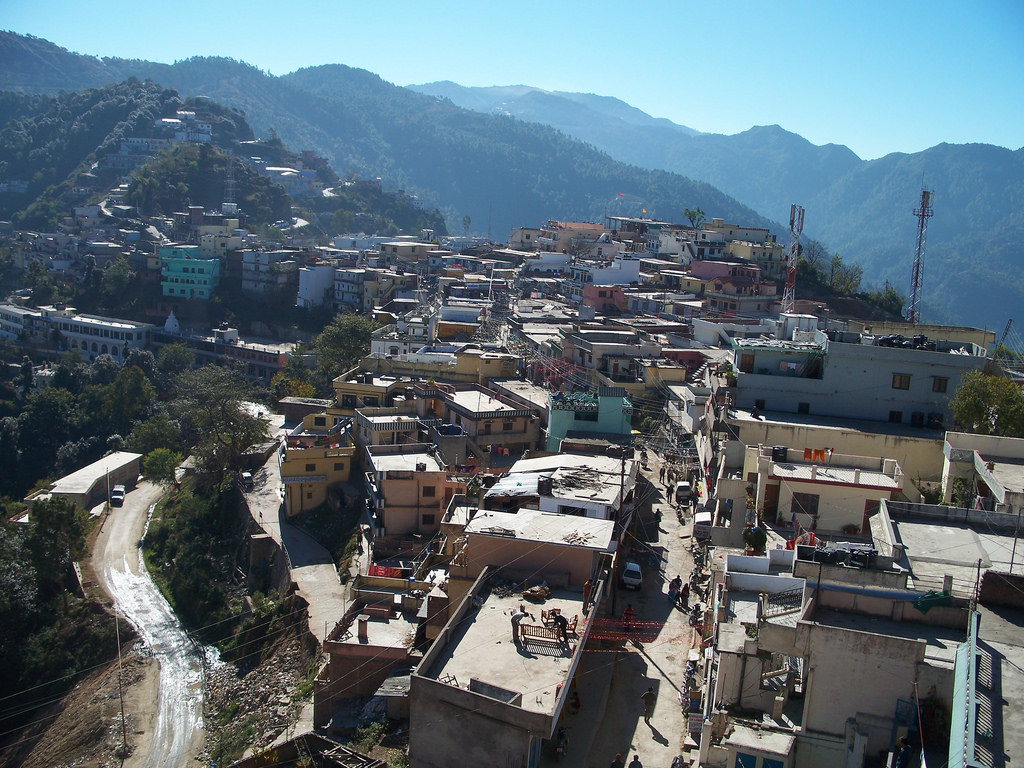
Chamba Tourism and Travel Guide
History of Chamba: Numismatic history of Chamba is not only important to find its History but also to fill the dark periods of Brahampur and Champakpur Kingdom of Western Himalaya and its historical facts. No attention was made prior to this attempt to correlate the History with numismatic evidence because of the reason that no attempt was made to collect ancient coins or gather any kind of information about them. The Bhuri Singh Museum established in the year 1908 AD also remained indifferent towards numismatics till 1968 AD. However, thereafter, some efforts for the numismatic collection were started. Many people of Chamba found hoard of coins (Maya) but consumed the same by selling it in the market and mostly the ancient coins being made up of silver and gold was utilized for ornaments. The Silver was most popular metal and was found in abundance throughout the boundaries of Brahampur /Champakpur/ Champa Kingdom and Chamba State. In a folk song a line depicts that
Batne ra gum mat kare Chanchlo Chambe Chaandi Bateree ho……” Do not worry about the Buttons Chanchlo, there is a lot of silver in Chamba.) The numismatic collection of Bhuri Singh Museum Chamba and Himachal State Museum Shimla is not very large. If effort to collect the ancient coin is made, a number of ancient coins either lying in private
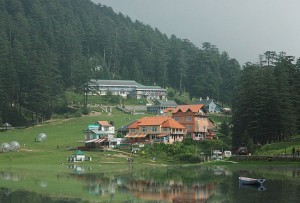
collections or beneath the earth could be found. My efforts are based on Mr. Parmeshwari lal Gupta’s work in his solitary book of numismatic history of Himachal Pradesh and the catalogue of coins in Himachal State Museum, Shimla and Bhuri Singh Museum Chamba. But despite this great work, two of the Chamba found acquired by the Bhuri Singh Museum Chamba have remained unattributed, unclassified assorted coins till this date.
In numismatic History of Chamba Indo-Greek coins of 1st & 2nd Century BC finds a special mention being the largest hoards in Himachal Pradesh. These coins have been discovered in good number of quantity at two places of Lachori and Sarol of Champakpur Kingdom and District Chamba of Himachal Pradesh.
In a road cutting on the Chaura-Sundla Road, near the village Lachori in Pargna Jundh of District Chamba H.P. a thin metal pot was discovered containing a hoard of Indo-Greek hemidrachms. Which was part of Basolhi state during ancient time with its capital at Ballor (Skr.Vallapura) and ancient rout that passes through the mountains and enters into the Kashmir. Vallapura is several time referred to in the Rajtarangini by Kalhana in the 11th Century and its Rajas were then subject of Kashmir. In the course of the cutting the pot was broken and the coins were shoveled off in the nearby stream called Salindra, which falls into the river Siul a tributory of river Ravi. One of the Laborers collected 32 of these coins and sold them. The buyer of these coins presented 15 coins to the Bhuri Singh Museum, Chamba in 1971. The whereabouts of remaining 17 coins are not known. The site where the coins were discovered was later on part of Churah Wizarat of Champakpur Kingdom in Jundh Mandala (Pargna).
A farmer in his field in the Village Sarol discovered another hoard of Indo-Greek himdrachms in 1974. Which is at about two m Kilometers from the Champakpur (Chamba Town) which was under the control of a Rana of Bannu prior to the accession of the area under Brahampur and Champa Kingdom. The hoard contained 17 coins and the entire hoard was acquired by the state Museum Shimla.
The hoard of Lachori contained the coins of the periods of MENANDER, ANTIMACHUS-II & APPOLODOTUS and the hoard of Sarol comprised of coins of MENANDER, ANTIMACHUS-II & ANTIALKIDAS period. The presence of Indo-Greeks in Chamba could not be denied with this material and substantial evidence at two places and one being in the heart of Chamba at Sarol. Though the sole presence of coins could not establish their presence but the other evidence of reference in Rajtarangini according to which Jaluka, the son of Ashoka, who had taken the possession of Kashmir, had crushed a horde of Malechhas. Malechhas is a word attributed to the foreigners and since no foreign people other than the Graceo-Bactrians are known to have entered any part of India at this time, it would not be unreasonable to infer that Kalhana meant only this Graceo-Bactrians. The passing away of the mighty emperor Ashoka was perhaps the signal for the disintegration of the extensive Mauryan Empire. His successors could not have a strong hold over the distant provinces. Taking advantage of the political conditions at that time the Graceo-Bactrians invaded and occupied the outlying southwestern provinces of the empire including the area of Champakpur.
MENANDER (Circa 155-130 BC), the earliest of all the Indo-Greek rulers coin was the most famous among the Indo-Greek Rulers and he is the only one who survives in the Indian traditions. He is identified with King Milinda, who is one of the two leading characters in the Milindapanha, the famous Budhist text written in the form of a discussion
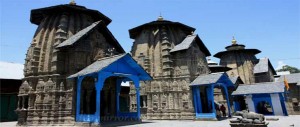
between the king Milinda and the Budhist monk Nagasena. It is said that the monk satisfactorily answered all the questions put to him by the King and he succeeded in converting the latter to Buddhisim. Minander is also mentioned in Kshemendera’s A vadana-kalpa-lata and the Tibetan Bustan-hgur as Milindra. He is mentioned as Menandra in the Shinkot inscription. And this later form of the name is found on his coins in Kharoshthi. A hoard of coin was found in Kangra in 1857 AD in Kangra District along with silver coins of Indo-Greek rulers of MENANDER, ANTIMACHUS-II, ANTIALKIDAS, PHILOXENUS & LYSIAS.
We find mention of the existence of a Buddhist Monastery through two-boulder inscription dating from Second century A. D. in the Brahmi and Kharosthi scripts at Kanihara one time part of Brahampur Kingdom and thereafter Kangra. According to Mr.E.C.Bayley in inscriptions read-
How To Reach?
Chamba is 580 km from Delhi and120 km from Pathankot, the closest railhead. The nearest large airports are at Jammu and Amritsar, both 245 km away, from where buses, taxis and tourist vehicles are available. Dalhousie is just 50 kms away from Chamba. Within Chamba, you can move around in taxis, jeeps, buses and minibuses.
Shopping In Chamba: Rang Mahal, once a palace, now houses the Himachal Pradesh Emporium. Exquisite embroidery on silk and wool is displayed, an art that is over a thousand years old. If you are buying brocade, remember that extent of the brocade sets the price.
The Bhuri Singh Museum exhibits paintings from Kangra schools and has murals rescued from a fire at Rang Mahal. You’ll find beautiful rumaals, which are used as covers for gifts, painted with scenes depicting the history of Chamba. They make for a good souvenir too. Closed on Mondays and Saturdays (except second Saturday), you can enter free from 10 am to 5 pm
So, pack your bags and break the barriers because this is INDIA. Also, read some of the best blogs like Best Tours of India and Travel to India from the USA. Please also read some of our blogs like Travel Check List for India , Best Indian Snacks and Best Hotels in Rajasthan.

